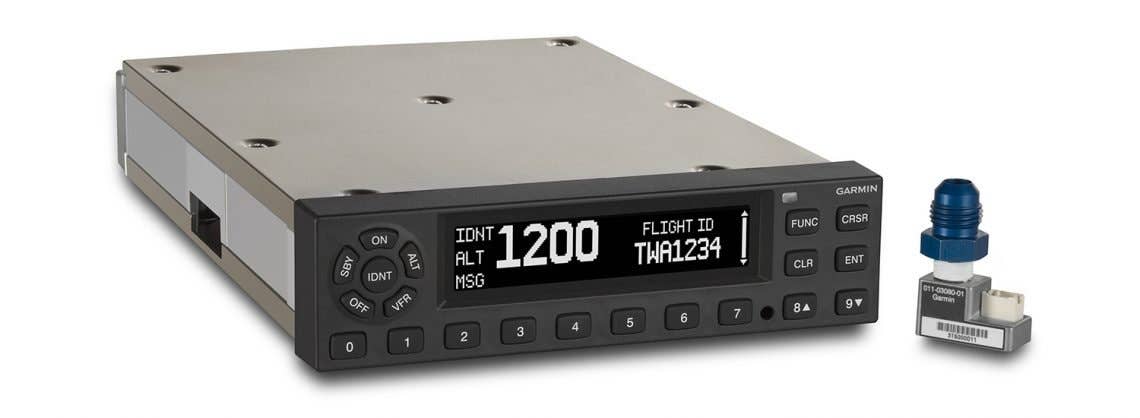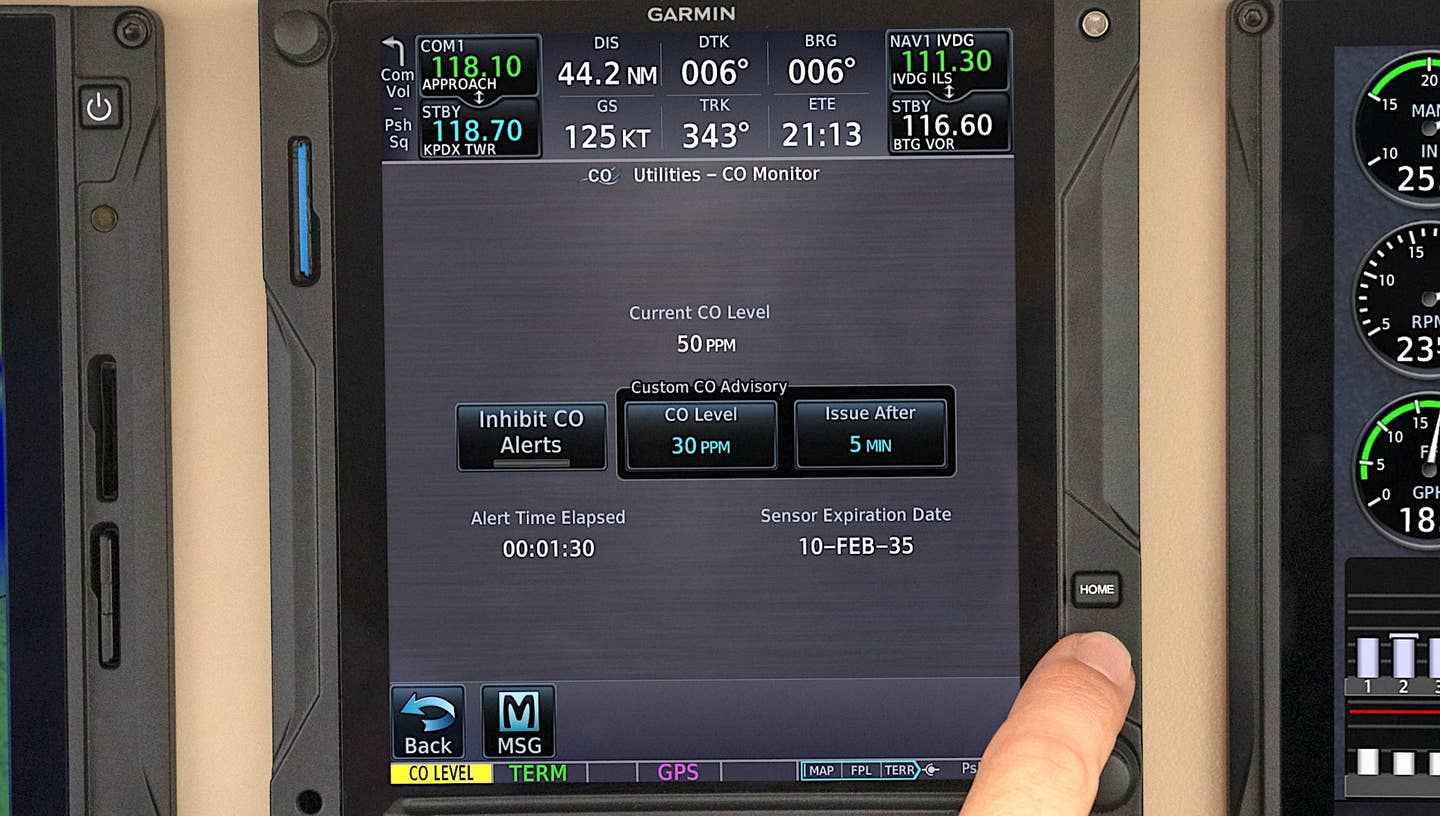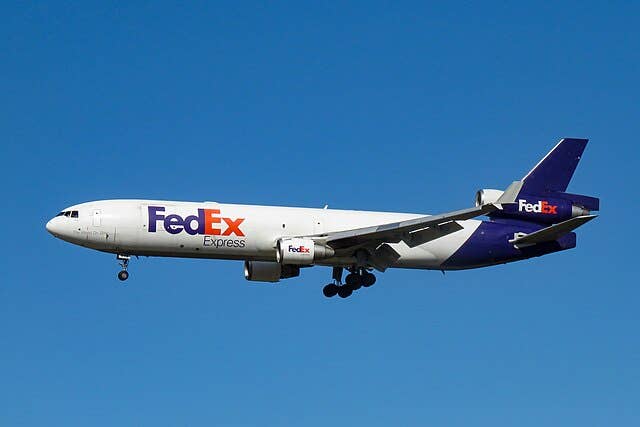Satellite ADS-B Progressing
Were seven months to the FAAs ADS-B Out mandate but the ground is already shifting with a planned move from a ground-based to a satellite-based system. So-called space-based ADS-B (SBA) would help fill in coverage areas currently beyond the reach of land-based data transceivers.

We're seven months to the FAA's ADS-B Out mandate but the ground is already shifting with a planned move from a ground-based to a satellite-based system. So-called space-based ADS-B (SBA) would help fill in coverage areas currently beyond the reach of land-based data transceivers.
Announced last year, the concept of moving the data signal from terrestrial to space would promise "global, seamless surveillance capability," according to the FAA. "SBA may be the next step in the evolution of ADS-B, moving from the current system of ground stations to radios hosted on satellites, enabling surveillance across the entire globe," the FAA says. The administration has set a one- to three-year timeline for testing of SBA in the Caribbean. The FAA plans to roll out SBA across North American airspace over the next decade, and touts the ability to use SBA to supplement ground-based data in the case of localized outages. No word on SBA supplanting our current ADS-B technology.
"The agency realizes that improved surveillance alone won't accomplish what's needed in the NAT, and that automation and communications enhancements are also needed to ensure reliable position information," said Heidi Williams, NBAA director for air traffic services & infrastructure. "That said, the FAA has developed what looks to be a realistic road map to analyze the benefits of SBA and business aviation operators should be excited about the potential of this technology."






